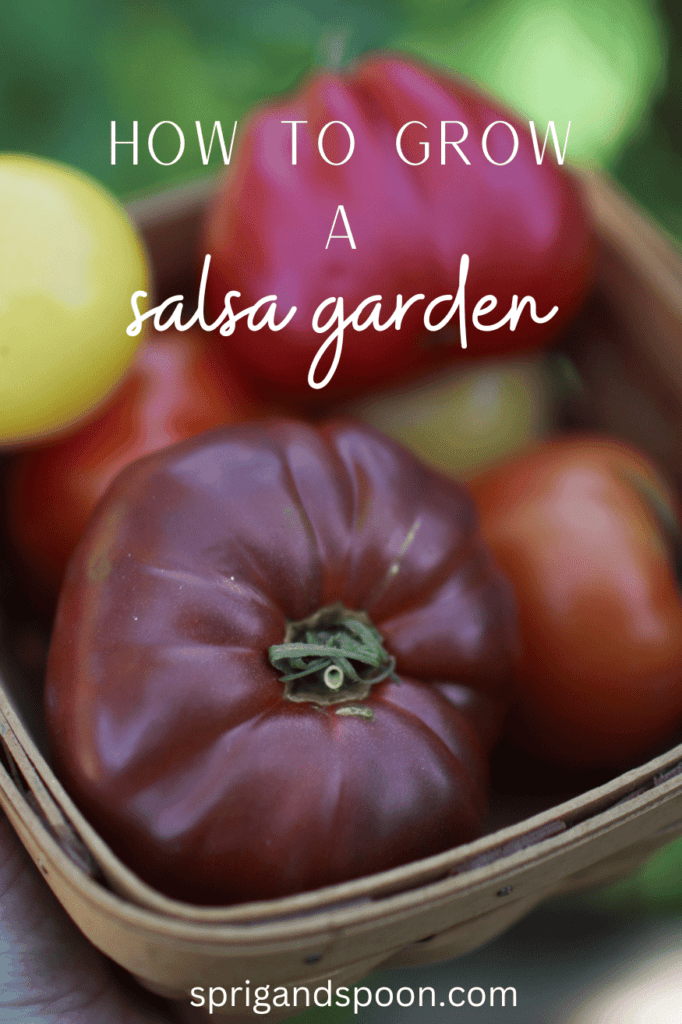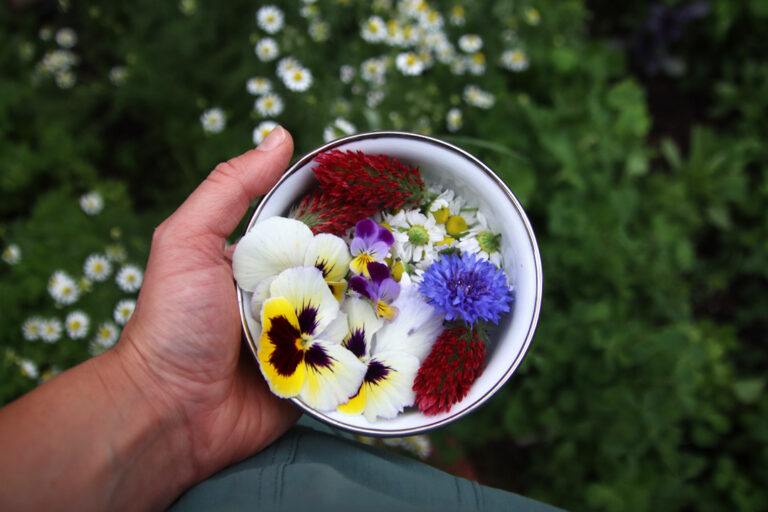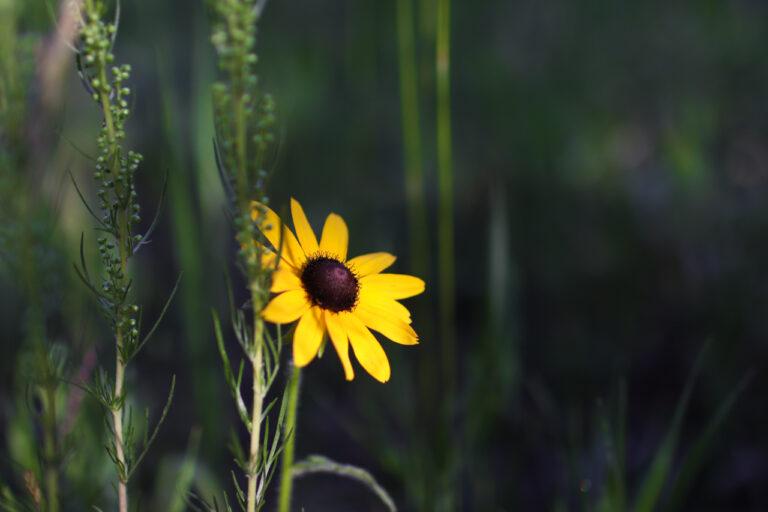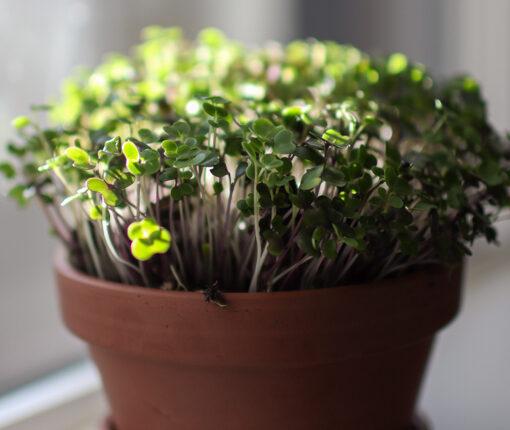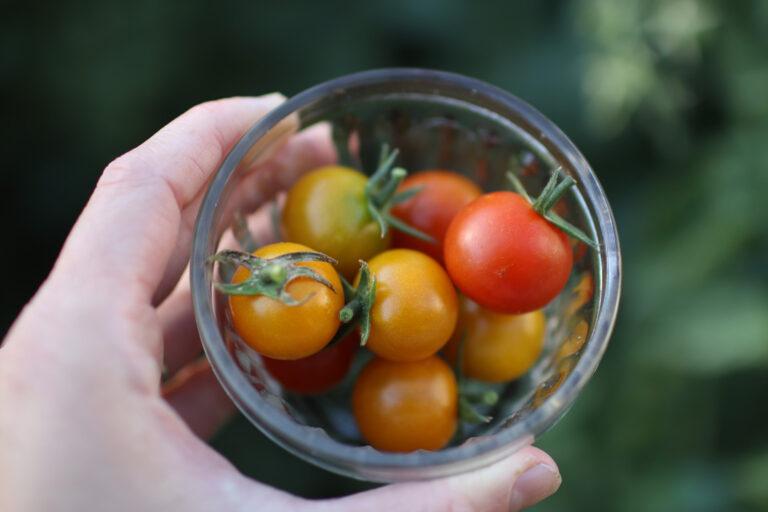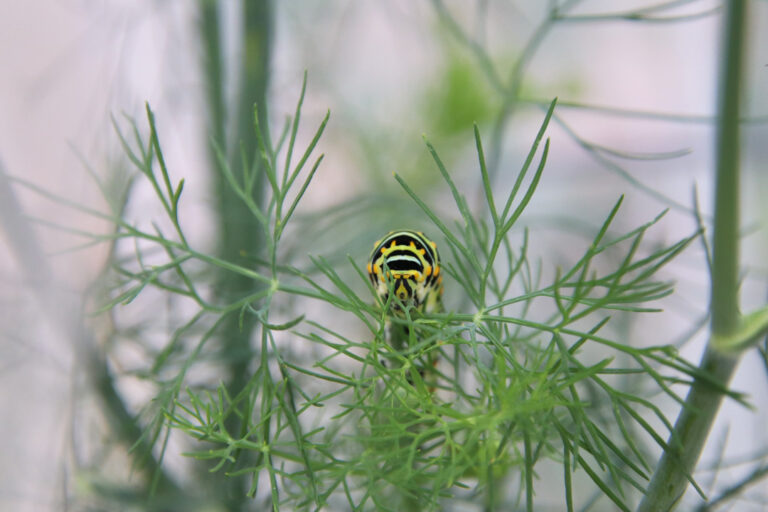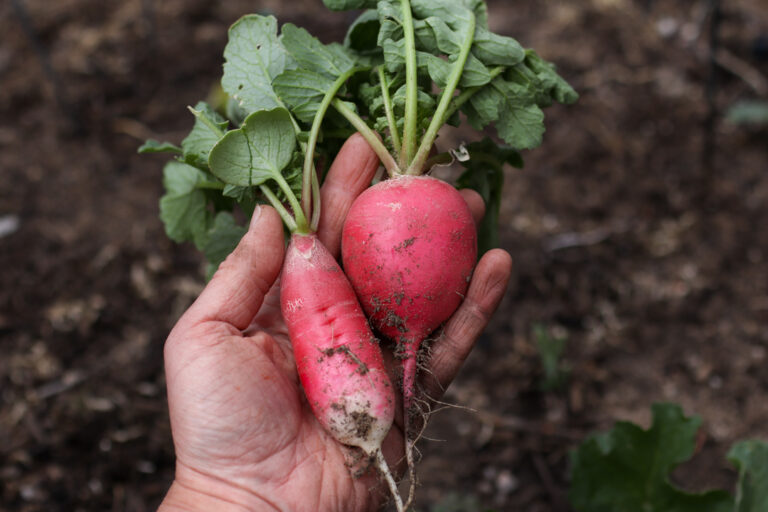Grow Your Own Salsa: How to Grow a Salsa Garden
Learn how to grow all of the ingredients you need to make a delicious homemade salsa in your very own salsa garden.

If you love fresh, homemade salsa for your tortilla chips, tacos, and burritos, growing a salsa garden is a must!
There’s nothing like the taste of fresh salsa made with fresh ingredients from your own garden. It truly is so much better than salsa from a grocery store. If you want to grow salsa ingredients in your vegetable garden, this is the ultimate guide to growing your own salsa garden.
What is a Salsa Garden?
A salsa garden is a backyard garden that grows the ingredients needed for homemade salsa. A salsa garden can be a container garden, a raised bed garden, or an in-ground garden.
Salsa gardens can have any fruits or vegetables that grow in your gardening zone and that you enjoy in salsa. The most common things to grow in a salsa garden are:
In warm climates, limes and mangos are great choices for a salsa garden. If you are in a cold climate, you can grow dwarf trees in pots and bring them inside during cool weather. It’s important to note, however, that lime and mangoes take years to get established and bear substantial fruit.
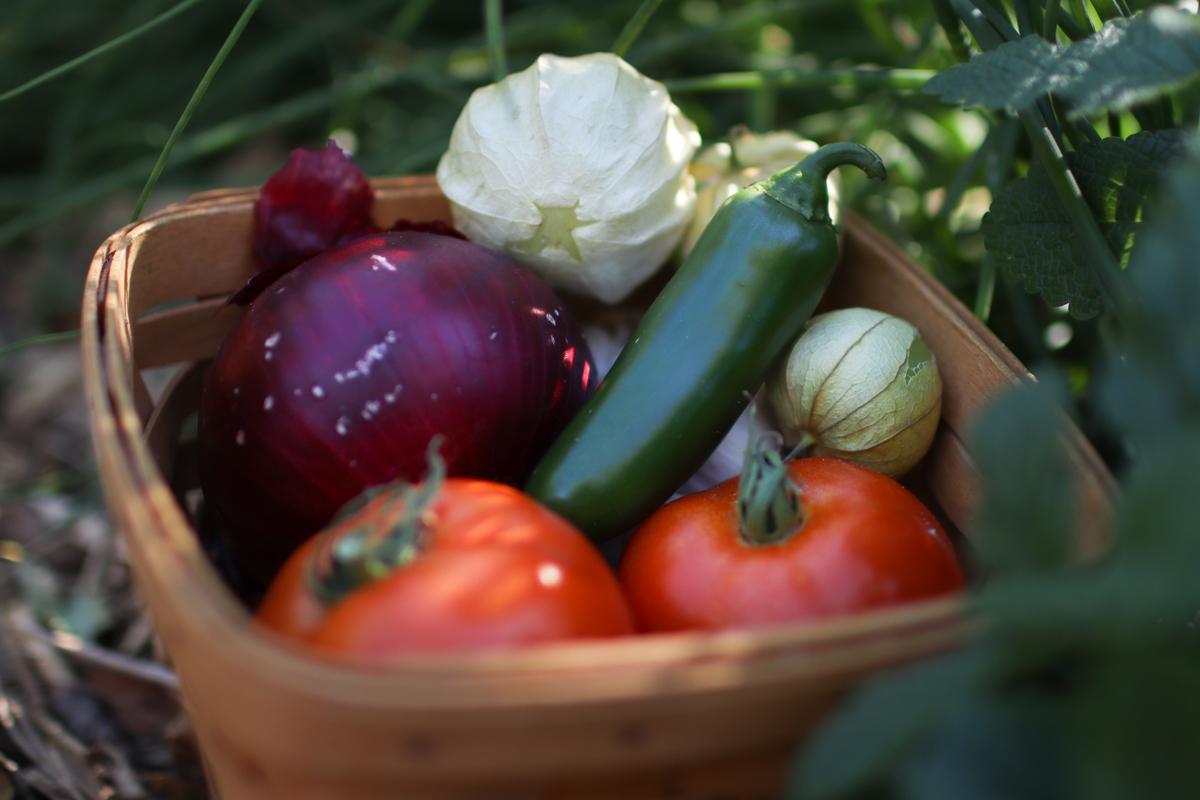
This post contains affiliate links. If you make a purchase through the links, I will earn a small commission at no cost to you. As an Amazon Associate, I earn from qualifying purchases. Read my full disclosure here.
Salsa Garden Spacing
No matter how big your garden is, you can grow a successful salsa garden! Those who are growing in small spaces can grow their plants in pots. The book Square Foot Gardening is a great resource for spacing plants appropriately in smaller gardens.
Each plant needs a minimum amount of space to be successful. If the plants are crowded, they will compete for resources and all of them will suffer. Here are the average minimum space requirements for salsa garden plants:
Tomatoes: 2-3 feet.
Peppers: 12 inches
Onions: 4 inches
Cilantro: 6 inches
Garlic: 6 inches
Tomatillos: 2-3 feet
In planning your salsa garden layout, I recommend interplanting. To interplant means to integrate the vegetables rather than have neat rows that are grouped by plant type. This is beneficial by saving space and allowing companion planting to work its magic.
For example, cilantro doesn’t grow well in the heat of summer. If you plant it under and in between your tomato plants, their shade will keep a cooler climate for the cilantro to grow.
Tips for Having a Successful Salsa Garden
- Be sure you are planting your salsa garden in healthy, rich soil. I recommend getting a soil test to determine what types of amendments your soil needs. At the very least, mix in lots of compost and continually feed the soil health with organic matter. You can also add mycorrhizae to give your plants a healthy start.
- Pay attention to planting and growing times for the salsa garden plants. Tomatillos, tomatoes, and peppers are all sensitive to cool weather and cilantro is sensitive to heat. It’s important to put the proper time into planning your garden so you know your proper planting schedule.
- If you’re new to gardening, I recommend buying your seedlings from a local nursery. Seed starting can be challenging and overwhelming, so it’s best to start slow and have fun your first year.
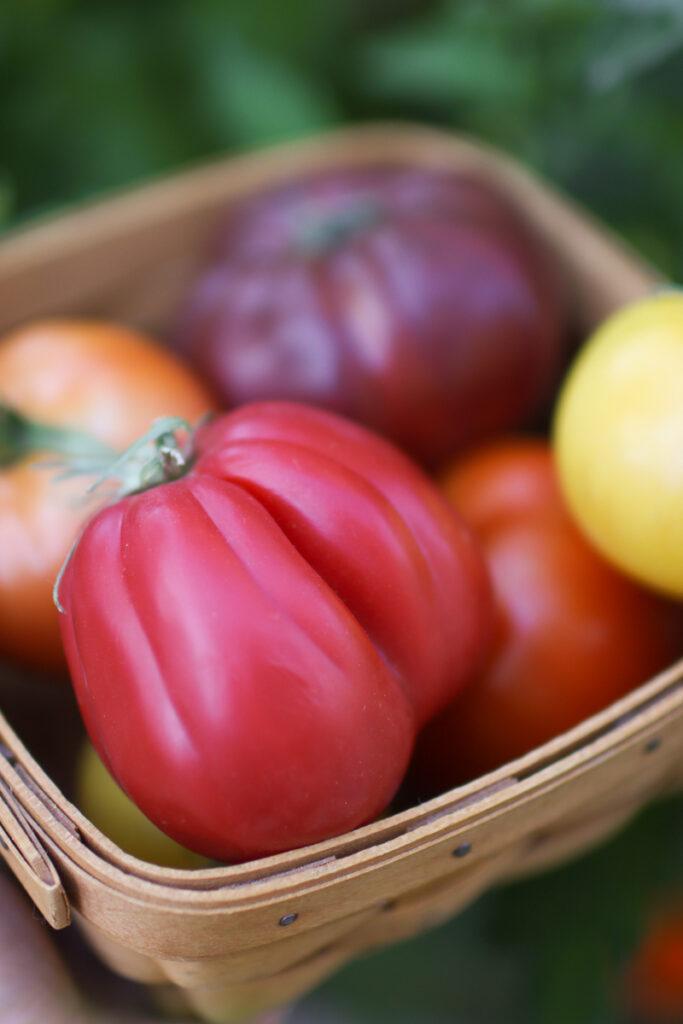
How to Grow Tomatoes
Tomatoes need lots of water, plenty of sun, and good airflow. Ensure that your tomato plants are receiving at least six hours of sun per day and mulch the soil to retain moisture. Plant tomatoes in soil with lots of compost; tomatoes are heavy feeders.
Plant tomatoes in early spring or late summer after any danger of frost has passed. Tomato plants thrive in warm weather, so ensure the soil temperature is consistently above 50°F (10°C) using a soil thermometer.
When the plants are still young, trellis them with tomato cages or stakes and twine (also called the Florida weave).
Provide adequate spacing for your tomato plants and keep the bottom branches pruned throughout the summer. Good airflow prevents disease, which tomatoes are particularly prone to.
Good Tomato Varieties for Salsa
Paste tomatoes are the ideal varieties for salsa, but any tomato can be made into a delicious salsa. Here are a few of my favorites:
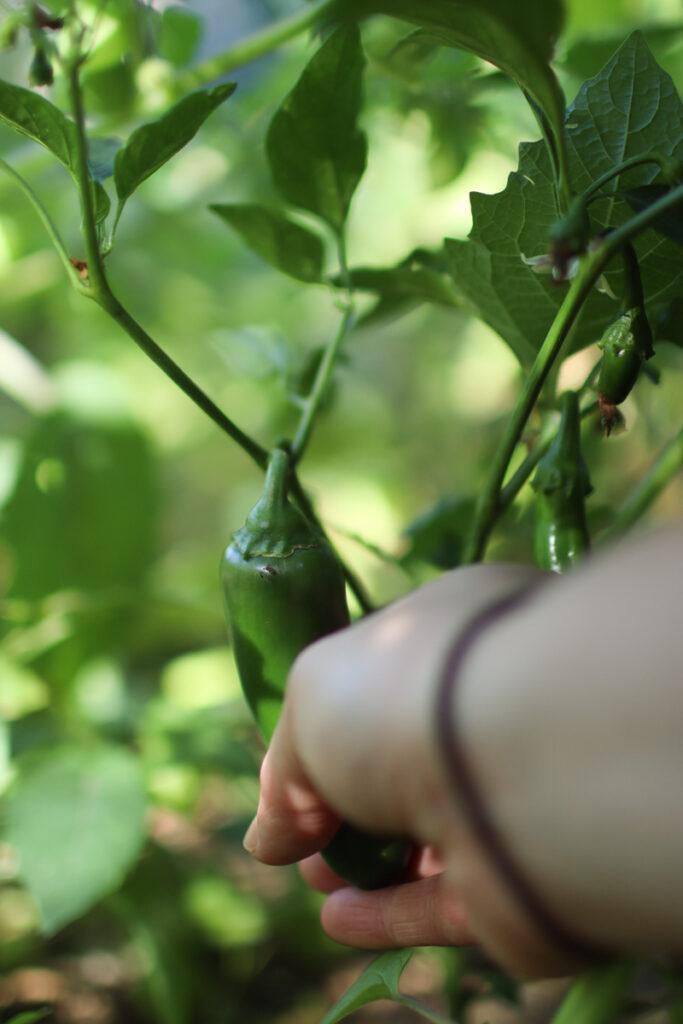
How to Grow Peppers
Plant peppers in a nice sunny spot and mulch the soil. It’s best to secure them to a stake as they grow larger, but not necessarily required for small pepper varieties.
For the first couple weeks after you plant the seedlings, remove flower buds so the plant can focus its energy on growing strong roots.
Once the pepper plant has about 3 sets of leaves, you can top it to encourage bushy growth. Topping isn’t necessary to get peppers, but it does produce strong plants and often leads to more abundant harvests later on.
Best Pepper Varieties for a Salsa Garden
Most of the pepper varieties that are delicious in salsa are rather hot. If you don’t like spicy salsa, I recommend just sticking with sweet bell peppers and maybe some jalapenos (pick them young to keep them milder). Here are the best hot peppers for salsa:
How to Grow Onions
Onions are a bit trickier to grow because they require a fairly long growing season. I recommend buying onion sets rather than growing them from seed.
Plant onion sets in early spring once the ground is workable. They can handle the cold weather. If you are in an area with a short growing season, choose a short-day onion variety and plant it as early as possible.
Onions don’t need a ton of space to grow well, but be sure to give them at least 4 inches each so they have room to produce large bulbs.
Onions are ready to harvest when about ¾ of the onion necks have fallen over and begun to dry and the neck of the plant is drying out. Carefully loosen the soil around them, then pull up. Onions can be cured and stored long-term or used right away.
Best onions to grow for a salsa garden
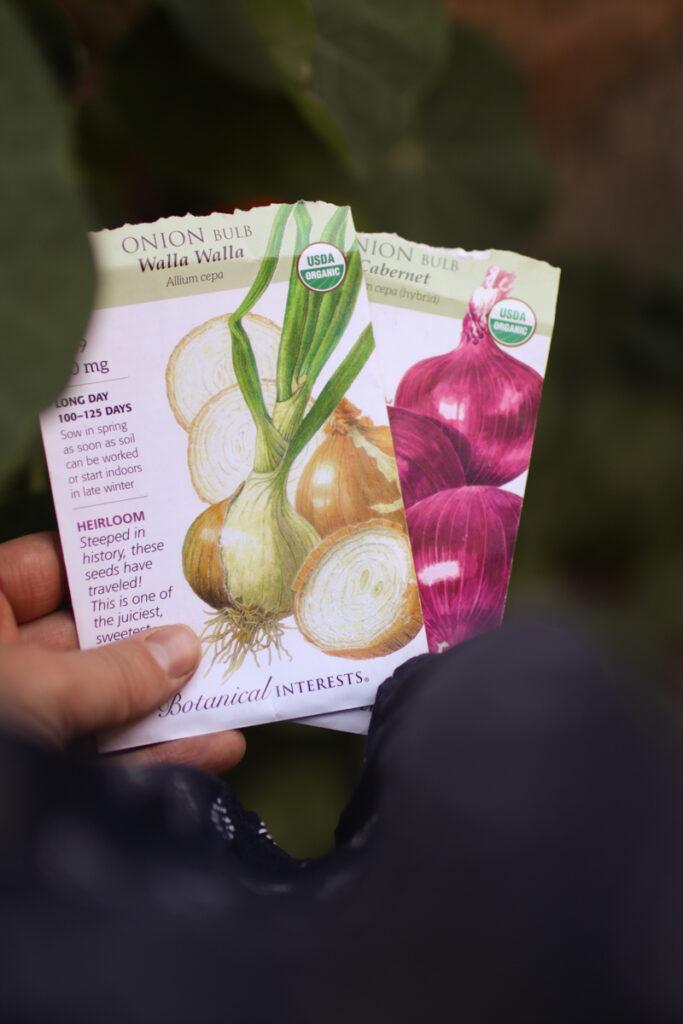
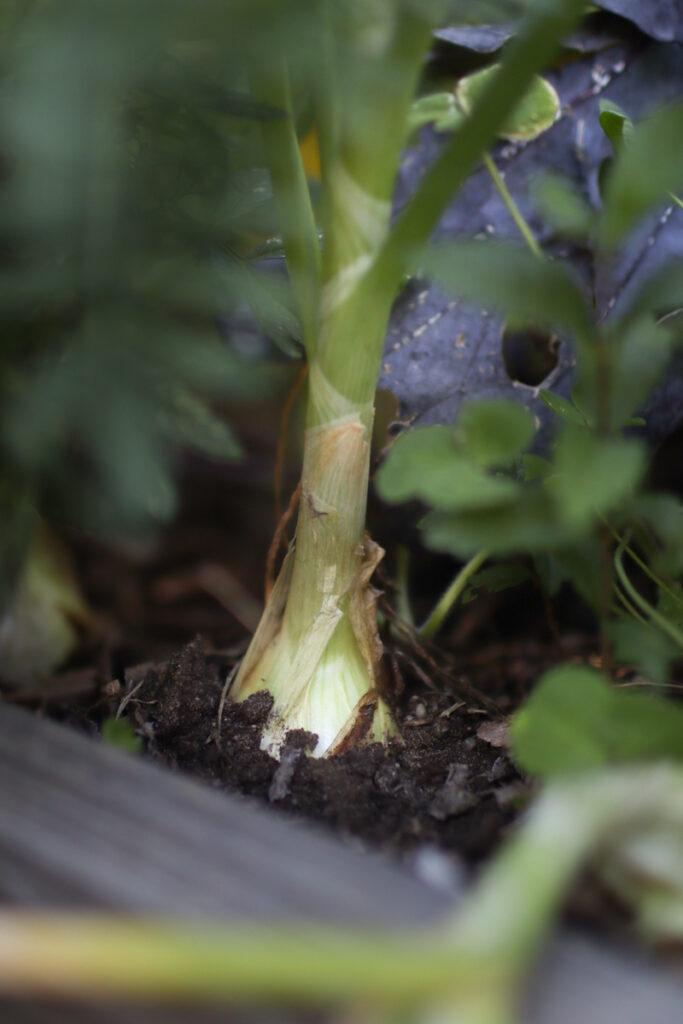
How to Grow Cilantro
Cilantro is easy to grow, but it has a very short growing season. Plant cilantro seedlings outdoors in spring or fall to avoid hot temperatures and consider growing it in shade from a larger plant or a shade cloth.
Harvest your cilantro as soon as the leaves are full-sized and avoid taking more than ⅓ of the plant at a time so it can keep producing. Once cilantro has bolted, it is still edible but it will stop producing leaves. Cilantro blooms are edible flowers, however, so use them as a flavorful garnish for your salsa!
I like to grow this cilantro because it is bolt-resistant.
How to Grow Tomatillos
Plant tomatillo seedlings about 2-3 feet apart after the last frost date in your area. Tomatillos are much like tomatoes, so be sure the soil temp is above 50°F (10°C).
Water your tomatillos regularly, aiming to keep the soil consistently moist but not waterlogged. As the plants grow, support them with stakes or cages, as tomatillos can become top-heavy when laden with fruit.
Tomatillos will begin to form papery husks around their small green fruits. Harvest when the husks turn brown and split, revealing the ripe fruit underneath.
Best Tomatillo Varieties for a Salsa Garden
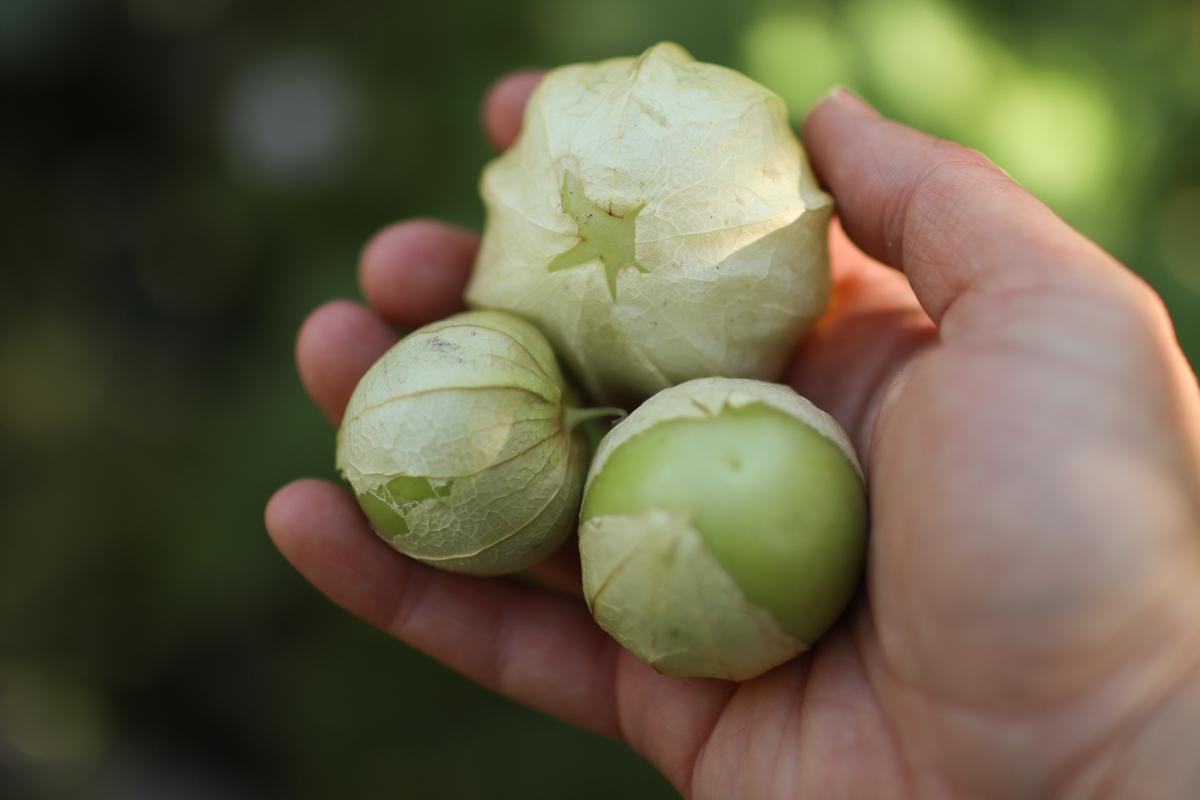
How to Grow Garlic
Garlic is a unique garden vegetable because it is often planted in the fall. This does depend on the variety, however.
Hardneck vs. Softneck Garlic
There are two types of garlic; hardneck and softneck. Hardneck is the more common variety. It is planted in the fall and is known for producing flavorful garlic scapes that can be made into all sorts of delicious recipes. Softneck garlic is planted in the spring and is better for long-term storage.
Hardneck garlic is considered to be more flavorful and it produces bigger garlic cloves. Softneck garlic doesn’t require as much planning ahead and it is better for drying and storing. Both garlic varieties are great to grow, it just depends on your climate and desires.
Growing and Harvesting Garlic
To plant garlic, break the garlic head up into its individual cloves but keep them all wrapped in their papery skin. Plant each garlic clove about 6 inches apart and 2-4 inches deep with the pointed side up.
If you’re growing hardneck garlic, be sure to harvest the scapes in early summer to encourage larger garlic bulbs on the plants.
Harvest garlic when the lower 3 leaves have turned brown and dry. Once harvested, you can enjoy your garlic fresh or cure it for long-term storage.
Delicious Recipes to Make with Salsa Garden Harvests
Now that you’ve grown fresh, delicious salsa garden veggies, it’s time to make something amazing with them! Here are my favorite recipes to make with my salsa vegetables:
- Mango Pico de Gallo
- Easy Guacamole
- Tomatillo Salsa Verde
- Fermented Pico de Gallo

